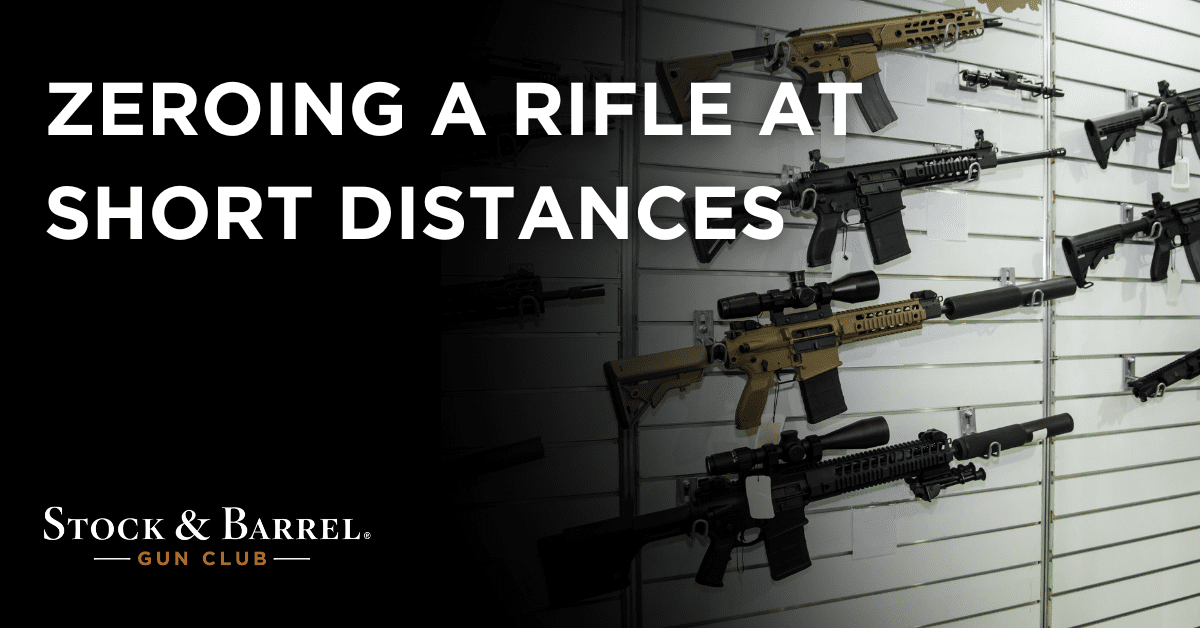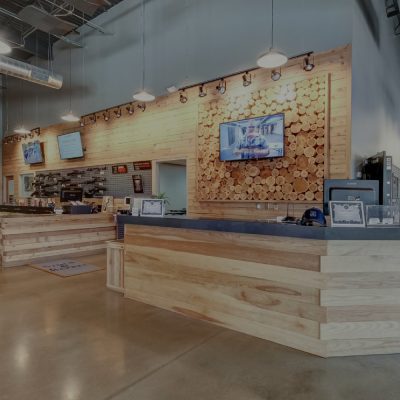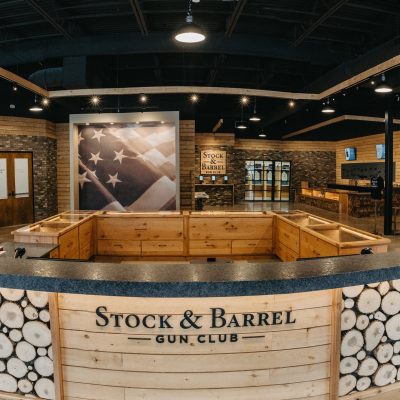In shooting, precision and accuracy are not the same thing, but they are directly related. When it comes to putting that first round on target, whether it’s a whitetail or a steel plate, the sweet science of ballistics is maddening when we fail and beautiful when it works. Precision in shooting is the setup to get a round to be accurate. Scope mounting, reticle choice, the firearm of choice, and support system (i.e., shooting sticks, bipod, bag, etc.) all contribute to that first-round hit right where you wanted the bullet to go.
This time, we will delve into what it takes to zero a rifle at a short distance (under 30 yards), intending to hit targets much further. For the sake of simplicity, we’re going to set a few factors ahead of time that dramatically affect the outcome of a short zero to a long-range hit. We will utilize a Hornady 6.5 Creedmoor 140gr Boat Tail Hollow Point factory load going 2690 feet per second. This gives us a solid foundation to work off of, and vital information based on how the bullet performs and the velocity. Velocity is key in calculating what a bullet does at a given distance. Environmentals play a factor as well, but if your velocity is off, you’re going to struggle significantly. We will also be talking in Millradian (Mil or MRAD) units for adjustment on a scope and measuring targets in Minutes of Angle or MOA.
Most indoor ranges are 25 yards or shorter, so for the purpose of helping you find how to get that solid short zero, that will be our known distance. First, let’s talk about target selection. Often, we see shooters trying to zero on large targets. While it’s possible to get a good zero on a large target, it’s where on the target you’re shooting that matters most. Look for right angles and corners, like the four corners of a square. Depending on the size of the square, that means the corner is going to be just under 1” at 25 yards, which equates to roughly 3.6” or one Mil. Most scopes are .1 Mil adjustments, which works out to .36” per click at 100 yards; the math works out nicely. By using a smaller aiming point, you’re going to yield better results at distance.
Next, you’ll want to make sure your rifle is well-supported. In a perfect world, you’ll have something at the front of the rifle, such as a bipod, and something at the back of the rifle, such as a rear support bag. If a lead sled is available and you know how to properly use one, that’s also a good option. Taking as much human input out of the shot process in zeroing is hugely helpful in building a platform that you can trust to do exactly what it needs to when you press the trigger.
Using the information above regarding bullet choice and velocity, if I wanted to simulate a 100-yard zero at 25 yards, you’d need to dial 1.35 Mils UP. That means get your good hits on your corner, and when it’s hitting consistently at that spot, dial your scope up 1.35 Mils and adjust the elevation turret for that to be your new zero. While this might seem counterintuitive, let’s consider a bullet’s flight path. Contrary to popular belief, bullet trajectory is far from a straight line. Based on barrels being right-hand twist they also curve in flight, and if you’re lucky, you can see trace or the path of the bullet when shooting at distance. When you do the math considering these factors, the 1.35 Mil adjustment gives me a dead-on zero at 100 yards, and a 1.14 Mil hold at 300 yards, with a 1.96 Mil hold at 400 yards for that bullet and velocity.
There’s an app you should absolutely download called AB Quantum from Applied Ballistics. Bryan Litz is a well-known name in the shooting world, and he has provided incredible tools to the shooting community for years, including AB Quantum. The app is a ballistic calculator. It allows you to input known data and build a ballistic solution for your rifle and cartridge across various platforms. It automatically pulls atmospheric data such as altitude, temperature, relative humidity, and more. Quantum even integrates with a Kestrel that is capable of Bluetooth linking to pull more precise atmospheric data. From a vast bullet library, you can input your projectile of choice and provide some basic information on your platform, such as barrel length, twist rate, and sight height. Like any good program, the more accurate and complete the information you put in, the better the results it can put out.
Before you step out on your hunt, it’s also vital to confirm your zero if possible. The indoor zero will get you close, but verifying that you’re going to hit where you anticipate at a known distance will be key. Bring a cardboard box and a target, pace out the distance or use a rangefinder, get as stable as possible, and make sure at least three rounds are right where you want them. The likelihood that environmentals are different from an indoor range to where you’re hunting is virtually one hundred percent.
It’s possible to get a good zero at short distances, but the precision beforehand will determine the accuracy of that outcome. All of the preparation will give you the outcome you desire. Despite how tedious it might seem, it will all be worth it in the end. The knowledgeable staff at Stock & Barrel will be happy to assist you in this process, whether it’s locating the laser range finder that works for you, finding the velocity of your ammo, or picking up the latest in outdoor gear to keep your rifle clean and dry. The success or failure of your hunt always depends on preparation. Zeroing your rifle well is no different.
OTHER BLOGS YOU WILL FIND OF INTEREST:
CLASSES YOU MAY BE INTERESTED IN:
- Basic Shotgun Orientation in Chanhassen and Eagan
- AR15 Maintenance in Chanhassen and Eagan
- Travel Safety & Security in Chanhassen and Eagan





